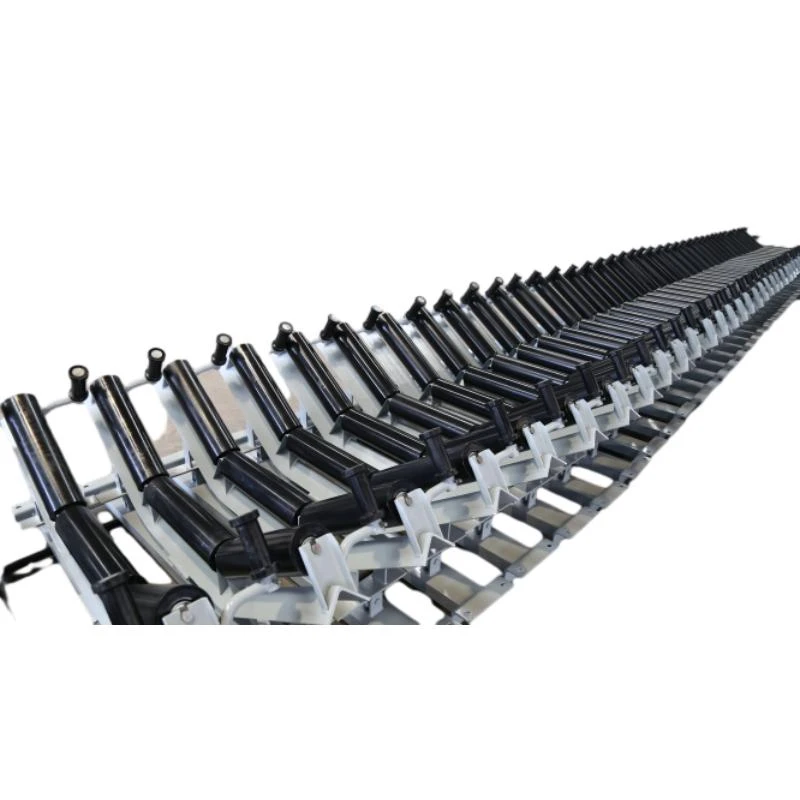 Afrikaans
Afrikaans  Albanian
Albanian  Amharic
Amharic  Arabic
Arabic  Armenian
Armenian  Azerbaijani
Azerbaijani  Basque
Basque  Belarusian
Belarusian  Bengali
Bengali  Bosnian
Bosnian  Bulgarian
Bulgarian  Catalan
Catalan  Cebuano
Cebuano  Corsican
Corsican  Croatian
Croatian  Czech
Czech  Danish
Danish  Dutch
Dutch  English
English  Esperanto
Esperanto  Estonian
Estonian  Finnish
Finnish  French
French  Frisian
Frisian  Galician
Galician  Georgian
Georgian  German
German  Greek
Greek  Gujarati
Gujarati  Haitian Creole
Haitian Creole  hausa
hausa  hawaiian
hawaiian  Hebrew
Hebrew  Hindi
Hindi  Miao
Miao  Hungarian
Hungarian  Icelandic
Icelandic  igbo
igbo  Indonesian
Indonesian  irish
irish  Italian
Italian  Japanese
Japanese  Javanese
Javanese  Kannada
Kannada  kazakh
kazakh  Khmer
Khmer  Rwandese
Rwandese  Korean
Korean  Kurdish
Kurdish  Kyrgyz
Kyrgyz  Lao
Lao  Latin
Latin  Latvian
Latvian  Lithuanian
Lithuanian  Luxembourgish
Luxembourgish  Macedonian
Macedonian  Malgashi
Malgashi  Malay
Malay  Malayalam
Malayalam  Maltese
Maltese  Maori
Maori  Marathi
Marathi  Mongolian
Mongolian  Myanmar
Myanmar  Nepali
Nepali  Norwegian
Norwegian  Norwegian
Norwegian  Occitan
Occitan  Pashto
Pashto  Persian
Persian  Polish
Polish  Portuguese
Portuguese  Punjabi
Punjabi  Romanian
Romanian  Russian
Russian  Samoan
Samoan  Scottish Gaelic
Scottish Gaelic  Serbian
Serbian  Sesotho
Sesotho  Shona
Shona  Sindhi
Sindhi  Sinhala
Sinhala  Slovak
Slovak  Slovenian
Slovenian  Somali
Somali  Spanish
Spanish  Sundanese
Sundanese  Swahili
Swahili  Swedish
Swedish  Tagalog
Tagalog  Tajik
Tajik  Tamil
Tamil  Tatar
Tatar  Telugu
Telugu  Thai
Thai  Turkish
Turkish  Turkmen
Turkmen  Ukrainian
Ukrainian  Urdu
Urdu  Uighur
Uighur  Uzbek
Uzbek  Vietnamese
Vietnamese  Welsh
Welsh  Bantu
Bantu  Yiddish
Yiddish  Yoruba
Yoruba  Zulu
Zulu belt conveyor roller types
Understanding Belt Conveyor Roller Types
Belt conveyor systems are integral to the efficient movement of materials across various industries, including mining, manufacturing, and logistics. At the heart of these systems lies the conveyor roller, a vital component that significantly influences the performance and reliability of the conveyor. In this article, we will explore the different types of belt conveyor rollers, their applications, and how to choose the right roller for your conveyor system.
Types of Belt Conveyor Rollers
1. Idler Rollers Idler rollers are non-powered rollers that support the conveyor belt. They play a crucial role in maintaining the belt’s alignment and tension while allowing it to move smoothly. These rollers are typically categorized into three main types - Troughing Rollers These are designed to hold the belt in a trough shape, thus providing better load capacity and belt stability. Troughing rollers are commonly used in the middle sections of a conveyor where materials are transported. - Flat Rollers Also known as return rollers, flat rollers are used on the return side of the conveyor belt. These rollers help support the belt as it returns to the loading area without carrying any materials. - Impact Rollers These rollers are specifically designed to absorb the shock and impact of heavy materials falling onto the belt. They are usually positioned near loading points to protect the belt and other components from damage.
2. Drive Rollers Drive rollers are powered rollers that drive the conveyor belt forward. They are usually located at the head or discharge end of a conveyor system. There are two main types of drive rollers - Lagged Drive Rollers These rollers are covered with a rubber layer to increase friction between the roller and the belt, enhancing grip and ensuring efficient power transfer. They are often employed in high-load applications. - Smooth Drive Rollers As the name suggests, these rollers do not have any surface coating. They are more common in light-duty applications where high friction is not necessary.
3. Guide Rollers Guide rollers help maintain the proper alignment of the belt during operations. They are essential for preventing belt tracking issues, which can lead to wear and tear or disruptions in material flow. Guide rollers are often adjustable and can be placed strategically along the conveyor line.
4. Return Rollers Return rollers support the belt on its return journey after discharging materials. They can include options like rubber-coated return rollers for added grip and noise reduction, promoting a quieter operation.
belt conveyor roller types

5. Specialty Rollers In addition to standard rollers, various specialty rollers cater to specific operational needs - Heavy-Duty Rollers Designed for extreme load capacities, these rollers are used in heavy industrial applications. - Corrosive Environment Rollers These are made from materials resistant to corrosion and are used in environments where chemical exposure is common. - Food-Grade Rollers Constructed from clean, sanitary materials, these rollers are designed to meet health regulations in the food processing industry.
Selecting the Right Roller
When choosing the right belt conveyor roller, several factors should be considered
- Load Capacity Assess the weight of the materials being transported and select rollers that can withstand the load without warping or failing. - Material Compatibility Ensure the roller materials are suitable for the environment, especially in corrosive or sanitary conditions. - Size and Dimensions The diameter and width of the rollers should fit your conveyor design and application requirements. - Cost and Maintenance Evaluate the total cost of ownership, considering both the initial investment and long-term maintenance needs.
Conclusion
Belt conveyor rollers are essential components that enhance the efficiency and reliability of conveyor systems. Understanding the various types of rollers and their specific applications can help businesses make informed decisions that enhance material handling processes. By choosing the right roller type based on load capacity, environmental conditions, and other operational considerations, companies can optimize their conveyor systems for better performance and longevity. Whether you’re involved in mining, logistics, or manufacturing, the right conveyor rollers can make a significant difference in your operational efficiency.
-
Taper Centering Idler Set for Conveyor SystemsNewsJun.25,2025
-
Small Idler Rollers for Industrial ConveyorsNewsJun.25,2025
-
Guide Training Idler Set for Conveyor MaintenanceNewsJun.25,2025
-
Friction Offset Idler Set for Industrial UseNewsJun.25,2025
-
Double-Center-Roller Idler AlignmentNewsJun.25,2025
-
Channel Inset Impact Troughing Idler Set for Heavy LoadsNewsJun.25,2025





























